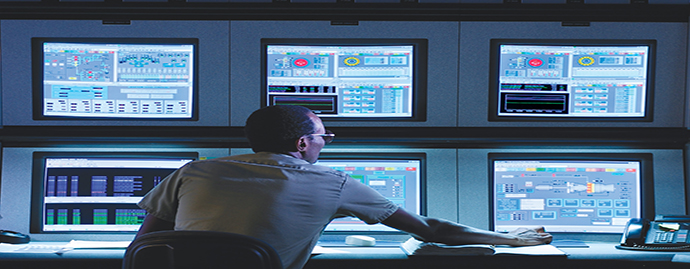| Start Date | End Date | Country | City |
|---|

 +966 920007771
+966 920007771

Objectives
Upon completion of this applications-oriented course, attendees will be able to:
- Explain how heat is transferred in a typical heat exchanger.
- Explain how various factors can affect heat transfer.
- Describe the operation of different types of heat exchangers.
- Explain how heat exchangers are used as coolers and heaters.
- Describe the functions of the auxiliary components used with heat exchangers.
- Perform and evaluate the thermal design and mechanical of heat exchangers
- Understand typical heat exchanger maintenance requirements.
- Explain what fouling is and how it can be corrected.
- Explain what leakage is and how it can be corrected.
- Explain what air or vapor binding is and how it can be corrected.
- Describe a general procedure for starting up the heat exchangers.
- Describe a general procedure for shutting down a heat exchanger.
- Describe the maintenance regimens for heat exchangers
Perform troubleshooting techniques for heat exchangers
Outlines
1- Classification of heat exchangers
2- Fundamentals of heat transfer and fluid flow calculations: Single and Multi-phase
3- Basic Design Methods of Heat Exchangers
4- Heat Exchanger Pressure Drop and Pumping Power
5- Mechanical Design of heat exchangers
6- Double-Pipe Heat Exchangers
7- Shell-and-Tube Heat Exchangers
8- Plate Heat Exchangers
9- Compact Heat Exchangers
11- Fouling Of Heat Exchangers
12- Degradation of Performance
13- Buying a Heat Exchanger
14- Codes and Standards
15- Heat exchangers inspection, troubleshooting and maintenance
16- Heat exchangers Operation
Who Should Attend
- Power Plant Engineers & Operators
- Plant and Facility maintenance Engineers and Technicians
- Building or Energy Managers
- Air conditioning engineers
- Industrial and Environmental Engineers
- General Mechanical and Process Engineers.
- Purchasing heat exchangers Managers & Sales Engineers
- Plant and Facility Managers
- Energy Managers
- Hotel and Hospital Engineers
Duration
5 Days










